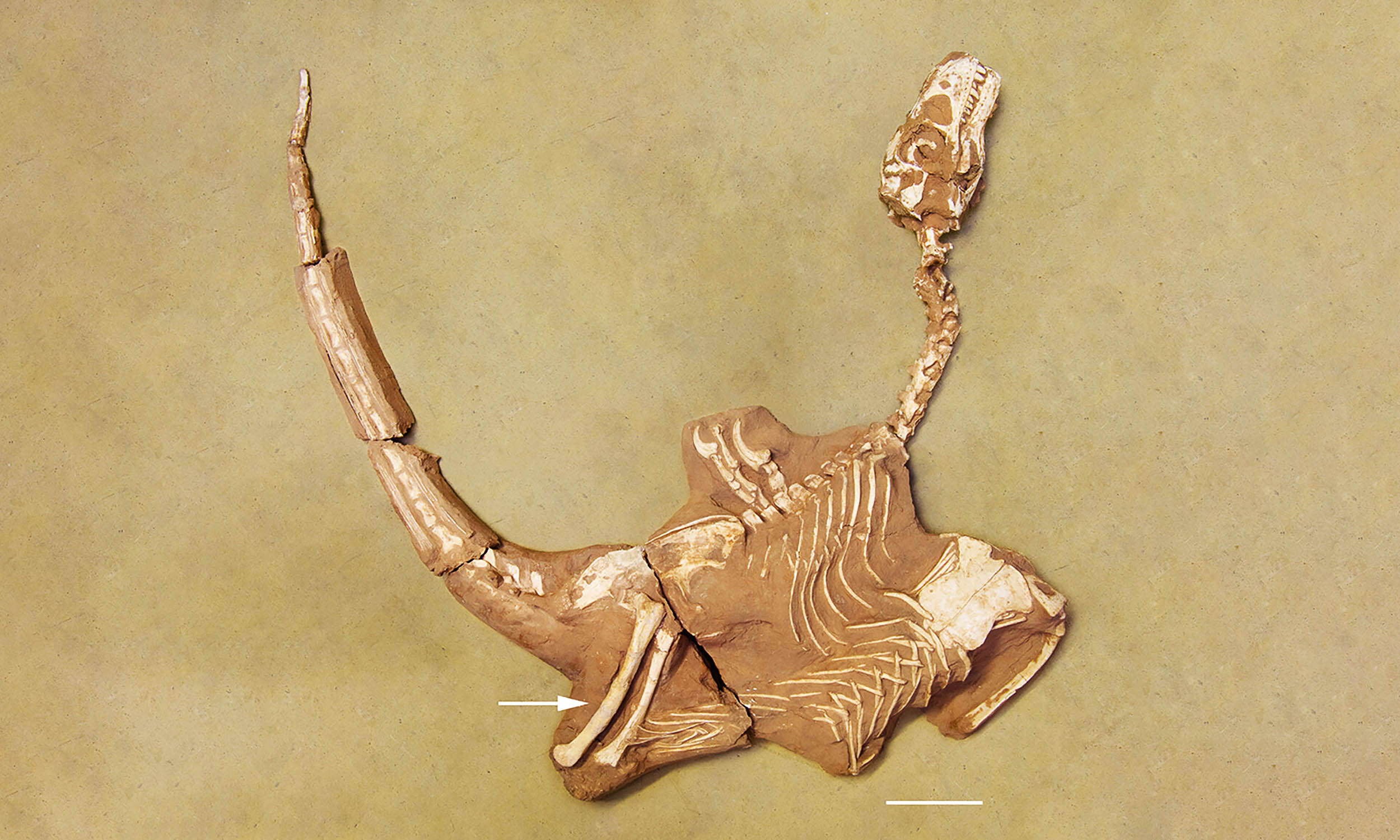The Surprising Truth Behind the Appalachian Mountains: A Hot Blob's Secret! 🔥

What if I told you that beneath the Appalachian Mountains lies a giant blob of molten rock that has played a huge role in shaping their towering peaks? This is no ordinary story—it’s a geological revelation that challenges everything we thought we knew about these ancient mountains!
Researchers have uncovered that this astounding hot zone, aptly named the Northern Appalachian Anomaly, formed around 80 million years ago when Greenland separated from North America. What’s compelling is that prior theories suggested this anomaly was merely a leftover from when North America broke apart from Africa 180 million years ago. However, this idea has been debunked by recent studies published in the journal Geology on July 30.
Dr. Thomas Gernon, the lead author and an esteemed professor of Earth science at the University of Southampton in the U.K., commented on the mystery, saying, “This thermal upwelling has long been a puzzling feature of North American geology. It lies beneath part of the continent that’s been tectonically quiet for 180 million years, so the idea that it was just a leftover from when the landmass broke apart never quite stacked up.”
Instead, this hot blob, sitting 125 miles (200 kilometers) beneath the surface and stretching across 220 miles (350 km) through New England, emerged during a period when what we now know as Greenland and Canada were drifting apart. The implications of these findings suggest that such blobs can form during continent breakups, potentially spurring the rise of mountains, the emergence of volcanoes, and even influencing ice sheets!
In previous research published last year in Nature, Gernon and his team explained how these hot blobs are born from mantle material that rises to fill gaps created by tectonic rifting. Over time, this material cools, becomes heavy, and sinks, creating a fascinating phenomenon known as “mantle waves.” The formation of these mantle waves seems to hinge on specific conditions, including steep temperature gradients, which means not every continent breakup produces such dramatic geological effects.
For their recent study, the researchers relied on both geological observations and computer simulations to model the intricate dance of plate tectonics and geodynamics. Their simulations illustrated how one of these hot blobs originated 1,120 miles (1,800 km) northeast of the Appalachians and eventually migrated southwest at about 12 miles (20 km) per million years. This movement aligns with earlier estimates and leads to a striking conclusion: the hot blob likely played a significant role in uplifting the Appalachian Mountains, addressing the long-standing mystery of their impressive height amidst substantial erosion over the last 20 million years.
Dr. Gernon elaborated, “Heat at the base of a continent can weaken and remove part of its dense root, making the continent lighter and more buoyant, like a hot air balloon rising after dropping its ballast. This would have caused the ancient mountains to be further uplifted over the past million years.” Moreover, these hot blobs elsewhere might explain the enduring presence of similar mountain ranges and even rare volcanic eruptions that bring precious diamonds to the surface.
Interestingly, the study also looked at a twin anomaly beneath north-central Greenland, which was formed during the same continental rift. This blob generates heat currents beneath the Greenland Ice Sheet, affecting ice movement and melting even today. “Ancient heat anomalies continue to play a key role in shaping the dynamics of continental ice sheets from below,” Dr. Gernon stated. “Even though the surface shows little sign of ongoing tectonics, deep below, the consequences of ancient rifting are still playing out.”
As the Northern Appalachian Anomaly continues to drift, it is projected to reach New York in 10 to 15 million years. Once it departs the Appalachian region, the crust there will gradually settle, and without further tectonic influence, erosion will inevitably wear down these majestic mountains.
This research highlights how continent breakups and major geological events can leave lasting impacts for eons, shaping our planet in ways we are only beginning to understand.




























